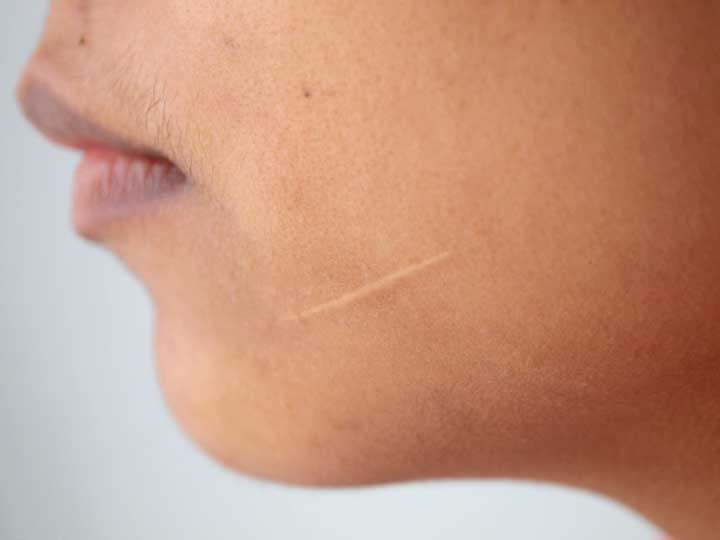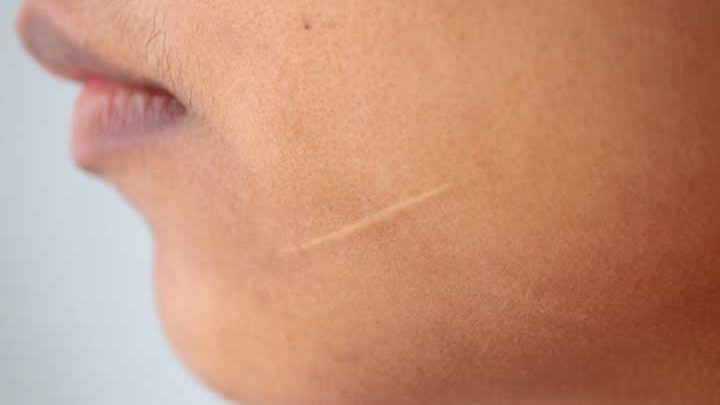
A keloid Scar (key-loid) is a type of raised scar. Unlike other raised scars, keloids grow much larger than the wound that caused the scar.

Not everyone who gets a scar will develop a keloid. If you have keloid-prone skin, however, anything that can cause a scar may lead to a keloid. This includes a cut, burn, or severe acne. Some people see a keloid after they pierce their ears or get a tattoo. A keloid can form as chickenpox clear. Sometimes, a surgical scar becomes a keloid.
In very rare cases, keloids form when people do not injure their skin. These are called “spontaneous keloids.”
A keloid normally takes time to appear. After an injury, months can pass, and a scar may not appear. A keloid can also form more quickly.
Once it begins, a keloid can enlarge slowly for months or years. You can check with Medical Doctor Diaz at Splendor Regenerative Medicine in South Miami.
Causes
A keloid forms due to the skin’s response to an injury. Even minor cuts can cause keloids. Some of the most common causes of keloids include:
- cuts or punctures, including from shaving
- burns
- incisions from surgery
- skin conditions, such as acne
- chickenpox or diseases that cause scarring of the skin
- tattoos or piercings
Some keloids form without any apparent cause. A review in the Journal of Medical Investigations and Practice states that some keloids have been known to appear without the presence of a skin injury. They may also crop up years after an injury has taken place.
When the skin is injured, it sends collagen-making cells to heal the wound. Ideally, the cells do their job and close the injury, leaving a small scar. With keloids, the skin’s cells continue to multiply even after the wound has healed. The scar tissue continues to grow, forming a large, raised scar.
Though keloids can occur in any skin type, they are more likely to form in:
- those who have a family history of keloids
- people under 30, especially teenagers going through puberty
- pregnant women
- people with darker skin tones, such as those people of Asian, Hispanic, or African American descent, are also more likely to develop keloids than other people.
Keloids are a type of benign tumor. Though they can be bothersome and aesthetically displeasing, they do not pose any health risks or cancer.
Prevention?
Unfortunately, there aren’t any keloid scar treatments you can do at home to prevent the keloid scar from forming. You can assist the healing process by keeping any wounds clean, and if you know you are susceptible because of previous experience or a family connection, then you can avoid taking extra risks. Do not get piercings or tattoos, and make sure you tell your doctor if you are going to have surgery.
There is a high rate of recurrence: up to 50 percent. Some doctors say that all highly pigmented people should avoid tattoos and piercings to be on the safe side.

